Ingram Consulting LLC | 2025 Year in Review
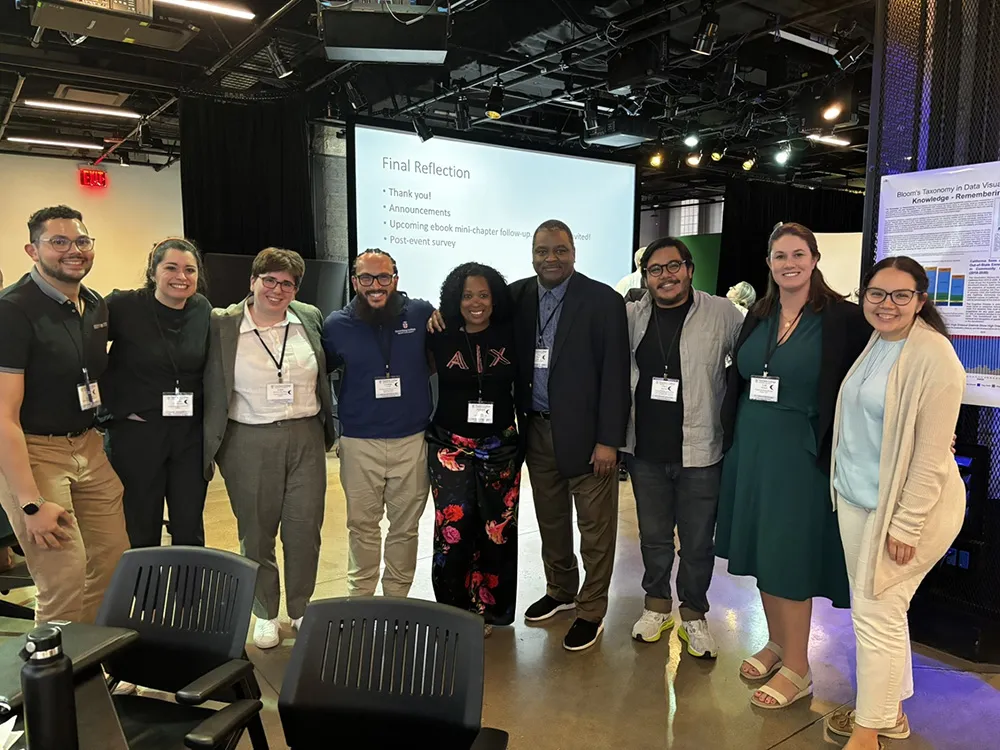 As we close the chapter on 2025, we do so with deep gratitude and a renewed sense of purpose. This year reinforced why Ingram Consulting LLC exists: to support K–12 education leaders as they navigate complexity, lead with clarity, and build systems that better serve students, families, and communities.
As we close the chapter on 2025, we do so with deep gratitude and a renewed sense of purpose. This year reinforced why Ingram Consulting LLC exists: to support K–12 education leaders as they navigate complexity, lead with clarity, and build systems that better serve students, families, and communities.
Across the country, 2025 was a year defined by tension and possibility. District leaders balanced staffing shortages, shifting policy landscapes, and growing demands for equity and academic excellence—all while maintaining focus on teaching and learning. Our work stayed grounded in helping leaders move from compliance to coherence, from isolated initiatives to aligned systems, and from good intentions to measurable impact.
This year, we partnered with districts, states, and national organizations to strengthen leadership pipelines, advance equity-centered practices, and support implementation fidelity. Whether facilitating leadership institutes, coaching district teams, or supporting grant-funded initiatives, our focus remained consistent: build leadership capacity that endures beyond a single program or person. We leaned heavily into systemic coaching, helping leadership teams clarify their theory of action, reduce variability in practice, and strengthen trust as a core leadership lever.
Principal pipeline development also remained front and center in 2025. Conversations around evidence-based instructional leadership, professional learning, and systems of support continued to shape our engagements. We supported leaders in translating research into practice—bridging the gap between what we know works and what happens in classrooms. This work reminded us that sustainable improvement is less about adopting the next new strategy and more about disciplined implementation over time.
Equally important were the moments of reflection and community. Conferences, site visits, and leadership convenings provided opportunities to learn alongside practitioners who are doing courageous work every day. We were especially reminded that leadership is deeply human—rooted in relationships, mentorship, and the responsibility to pay forward what others have invested in us. Honoring mentors, celebrating educators, and lifting up promising leaders were not side notes this year; they were central to our mission.
As we look ahead to 2026, our commitment remains strong. We will continue to support education leaders who are willing to ask hard questions, center equity, and stay the course when improvement work gets difficult. The challenges facing public education are real—but so is the collective capacity of leaders who believe systems can be better than they are today.
Thank you to our partners, colleagues, and friends for trusting Ingram Consulting LLC with your work. We are honored to walk alongside you—and energized for what comes next.

 Earlier this month I had an opportunity to visit the Fresno Unified School District and observe the leadership work on the equity front of Superintendent Mao Misty Her and the senior leadership team. Fresno Unified has long been recognized for its resilience, innovation, and deep belief in the potential of every student. Over the past several years, the district has made a bold and inspiring shift: placing equity-centered leadership at the forefront of its strategy for student success. This work is more than a set of initiatives, it is a systemwide commitment to transforming how leaders learn, collaborate, engage communities, and remove barriers so every child experiences a path to opportunity.
Earlier this month I had an opportunity to visit the Fresno Unified School District and observe the leadership work on the equity front of Superintendent Mao Misty Her and the senior leadership team. Fresno Unified has long been recognized for its resilience, innovation, and deep belief in the potential of every student. Over the past several years, the district has made a bold and inspiring shift: placing equity-centered leadership at the forefront of its strategy for student success. This work is more than a set of initiatives, it is a systemwide commitment to transforming how leaders learn, collaborate, engage communities, and remove barriers so every child experiences a path to opportunity. This past weekend, I had the opportunity to celebrate the 2025 United States Air Force in Europe (USAFE) Football Reunion with some of my teammates and competitors. Approximately 200 former officials, coaches, players and their families gathered in San Antonio, TX to celebrate the league’s history and legacy. In my view, football and military service are two sides of the same coin: discipline, sacrifice, preparation, teamwork, and execution.
This past weekend, I had the opportunity to celebrate the 2025 United States Air Force in Europe (USAFE) Football Reunion with some of my teammates and competitors. Approximately 200 former officials, coaches, players and their families gathered in San Antonio, TX to celebrate the league’s history and legacy. In my view, football and military service are two sides of the same coin: discipline, sacrifice, preparation, teamwork, and execution.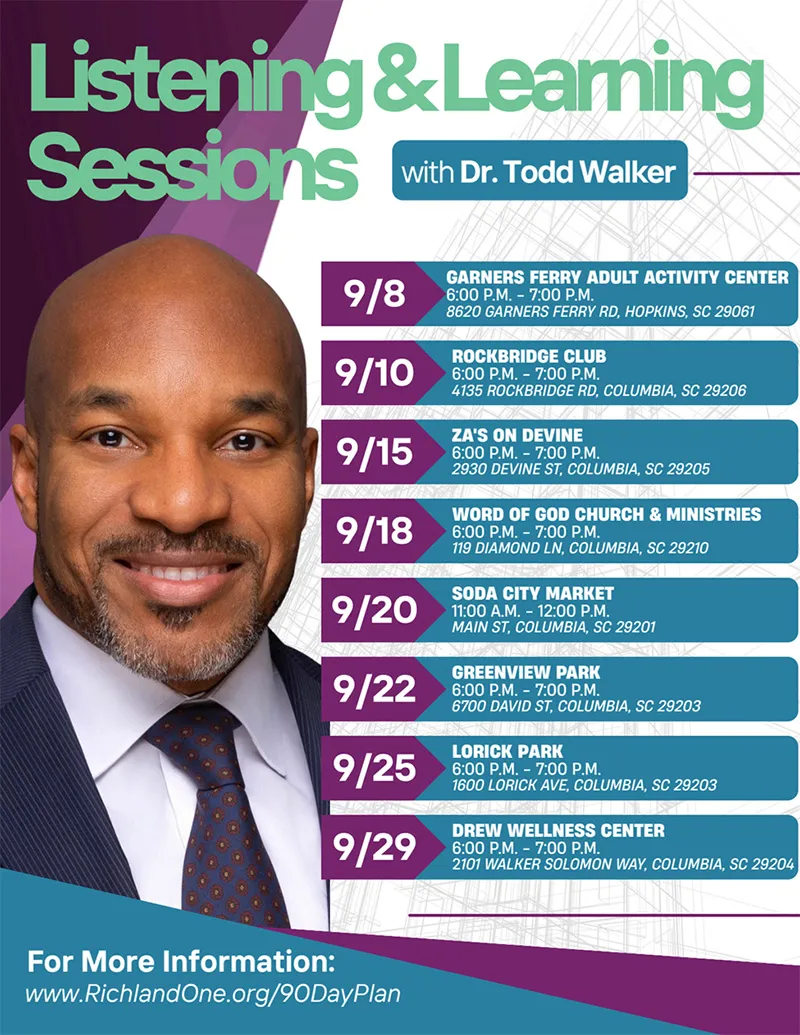 When Dr. Todd A. Walker stepped in as superintendent of Richland One on July 1, 2025, he didn’t waste time in laying the foundation for change. His early work has centered not on mandates or sweeping policy moves, but on a careful, participatory entry plan designed to engage stakeholders, diagnose strengths and weaknesses, and build a long-term vision. This “90-Day Strategic Entry Plan” sets the tone for what many hope will be a more transparent, accountable, and community-centered era in Richland One, Columbia, SC.
When Dr. Todd A. Walker stepped in as superintendent of Richland One on July 1, 2025, he didn’t waste time in laying the foundation for change. His early work has centered not on mandates or sweeping policy moves, but on a careful, participatory entry plan designed to engage stakeholders, diagnose strengths and weaknesses, and build a long-term vision. This “90-Day Strategic Entry Plan” sets the tone for what many hope will be a more transparent, accountable, and community-centered era in Richland One, Columbia, SC. In her influential book Grit: The Power of Passion and Perseverance, 2013 McArthur Fellow and professor of psychology at the University of Pennsylvania, Angela Duckworth offers a compelling argument for why long-term success depends less on innate talent and more on sustained effort, commitment, and resilience. For school system leaders navigating the complexities of today’s educational landscape, Duckworth’s insights are both timely and essential.
In her influential book Grit: The Power of Passion and Perseverance, 2013 McArthur Fellow and professor of psychology at the University of Pennsylvania, Angela Duckworth offers a compelling argument for why long-term success depends less on innate talent and more on sustained effort, commitment, and resilience. For school system leaders navigating the complexities of today’s educational landscape, Duckworth’s insights are both timely and essential.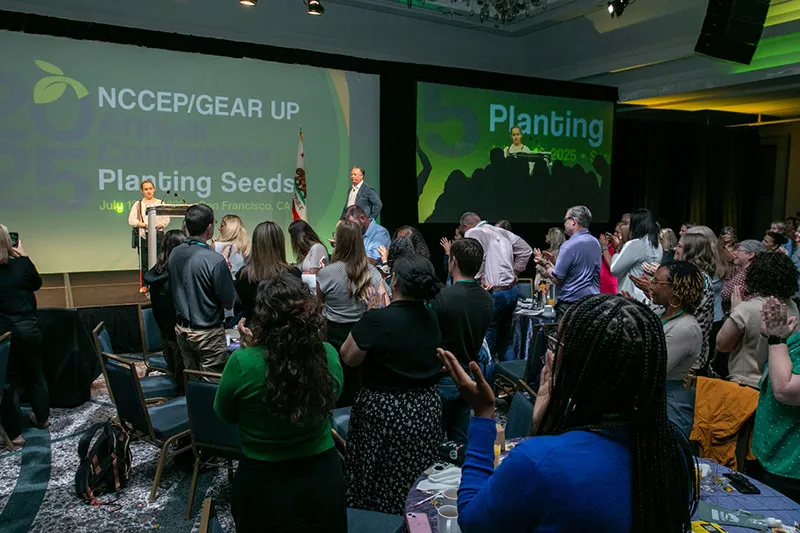 From July 13–16, 2025, over 1,800 educators, policy makers, students, families, and community partners converged in San Francisco to celebrate and advance the mission of GEAR UP at the Hilton San Francisco Union Square. GEAR UP is a nationally recognized federally funded college‑access initiative with nearly $388 million annually, that serves hundreds of thousands of students. This conference plays a pivotal role in powering those efforts: it’s where promising practices and strategies are shared, policies are shaped, coalitions are built, and futures are envisioned.
From July 13–16, 2025, over 1,800 educators, policy makers, students, families, and community partners converged in San Francisco to celebrate and advance the mission of GEAR UP at the Hilton San Francisco Union Square. GEAR UP is a nationally recognized federally funded college‑access initiative with nearly $388 million annually, that serves hundreds of thousands of students. This conference plays a pivotal role in powering those efforts: it’s where promising practices and strategies are shared, policies are shaped, coalitions are built, and futures are envisioned. June unfolded as a tapestry of milestones—a grand opening, an educational leadership and principal pipeline deep dive, heartfelt remembrance, and a historic sports triumph.
June unfolded as a tapestry of milestones—a grand opening, an educational leadership and principal pipeline deep dive, heartfelt remembrance, and a historic sports triumph.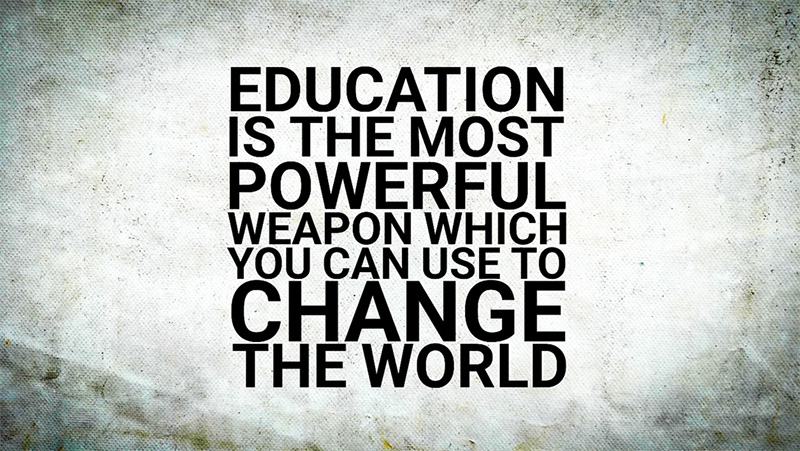 As the 2024–2025 school year draws to a close, we pause to reflect on the journey of teaching and learning over the past ten months. Across the country, classrooms have been filled with curiosity, creativity, collaboration, and challenges. Through it all, one constant has remained: the unwavering dedication of our public school educators.
As the 2024–2025 school year draws to a close, we pause to reflect on the journey of teaching and learning over the past ten months. Across the country, classrooms have been filled with curiosity, creativity, collaboration, and challenges. Through it all, one constant has remained: the unwavering dedication of our public school educators. In his insightful reflection, “My Black Roommate Opened My Eyes to an Air Force I Didn’t Know Existed,” published on April 2, 2025, by The War Horse, Mark Miller describes how his early Air Force experience in 1971 transformed his understanding of race, equity, and military service. Although Mark Miller and I did not serve together, his experiences in the Air Force, akin to my own, highlight similar lessons learned from our military careers, offering valuable insights into the potential of diversity for individuals, teams, and organizations.
In his insightful reflection, “My Black Roommate Opened My Eyes to an Air Force I Didn’t Know Existed,” published on April 2, 2025, by The War Horse, Mark Miller describes how his early Air Force experience in 1971 transformed his understanding of race, equity, and military service. Although Mark Miller and I did not serve together, his experiences in the Air Force, akin to my own, highlight similar lessons learned from our military careers, offering valuable insights into the potential of diversity for individuals, teams, and organizations.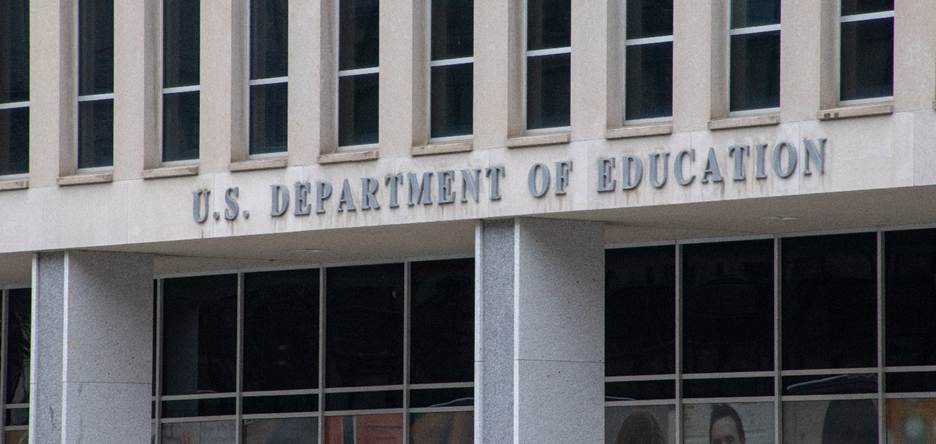 For decades, debates over the role of the U.S. Department of Education (ED) have intensified, with some advocating for its complete dismantling. Critics argue that education should be a state and local responsibility, while others see federal oversight as essential for fairness and national progress. To understand this debate, we must examine the agency’s origins, purpose, common misconceptions, and the potential consequences of eliminating it.
For decades, debates over the role of the U.S. Department of Education (ED) have intensified, with some advocating for its complete dismantling. Critics argue that education should be a state and local responsibility, while others see federal oversight as essential for fairness and national progress. To understand this debate, we must examine the agency’s origins, purpose, common misconceptions, and the potential consequences of eliminating it.